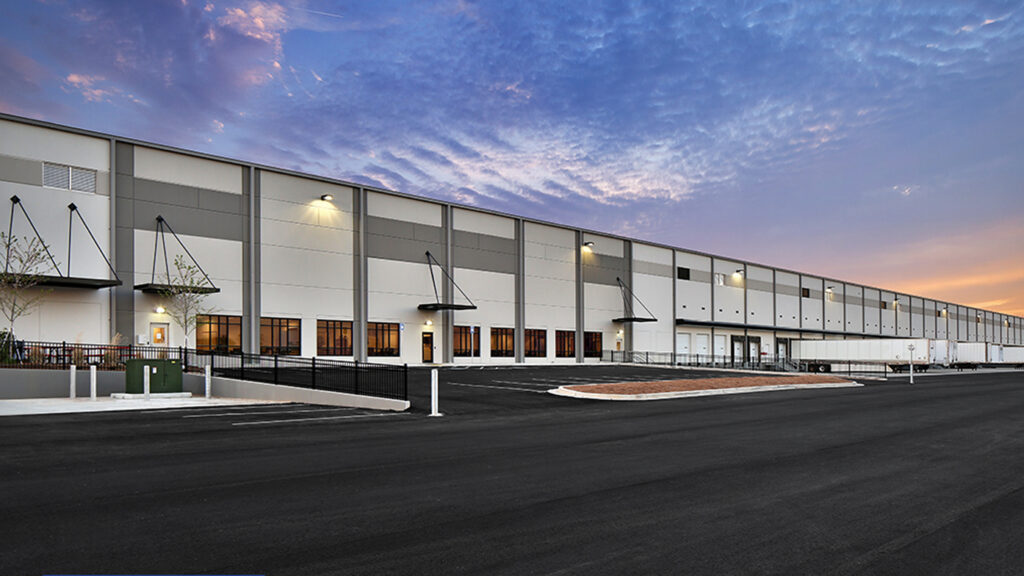Colliers Food & Beverage group attended NAIOP’s inaugural Cold Storage conference in Atlanta, GA, on September 12 to 13. Below are some key findings and takeaways from the various sessions.
Cold Storage Developers and Owners
- Cold Storage is very specialized. For developers and owners to be successful, they need to understand what end users want. They must be able to blend operational piece with users’ needs. Spec development has to be convertible with maximum flexibility.
Best Practices for Cold Storage
- Developers and owners should understand local jurisdictions and make sure it is viable for what they want to develop. For instance, certain municipalities do not allow insulated metals and instead require concrete panels.
- FFE facilities typically don’t need excessive clear height.
The Who, Where and Why of End Users
- 3PLs are still seeing strong growth in the market as companies rely heavily on 3PLs so they don’t have to go through the cold storage learning curve.
- Storage Cold Storage users include e-commerce, grocery, pharma, and life science.
- ~30% of cold storage user’s operating expenses are used for rent. ~5% of dry warehouse user’s operating expenses are used for rent.
Capital Markets Keynote
- The average age of a cold storage facility in top U.S. markets is 37 years old. This presents challenges due to inefficient systems that generate higher operating cost and increased risk for product spoilage.
- The rise in e-commerce share of total U.S. grocery sales is expected to be 21.5% by 2025.
- Cold Storage is gaining more momentum amongst institutional investors. Lenders are starting to get their heads wrapped around how to figure out the cold storage industry.
- Owners of cold storage building portfolios are able to cross sell as the buildings are very specific and appeal to a niche consumer.
- Owners and developers should be aware of rack layout and refrigeration systems, which are important
The Pros and Cons of Packaged Industrial Refrigeration Equipment
- The industry continues to expand utilization of prefabricated systems to address cost, scheduling, quality, and safety. Prefabricated refrigeration systems have a shorter design time. One can start building the system while the building is being built.
- Prefabricated refrigeration systems have enhanced quality and less rework and the project cost is the same or less than traditional engine room and can be relocated if needed. They also do not require local inspections.
- Prefabricated refrigeration systems have limited quality vendors and require early partner vendors.
Inside Cold Storage Leasing
- Spec cold storage pipeline remains conservative with 10 projects totaling two million square feet under construction in the U.S. Eight projects are proposed totaling 2.4 million square feet.
- Select financial institutions are educated on cold facilities. Capital markets now have a wider acceptance of cold storage, which helped compress cap rates.
- The market is fragmented. New assets that are ready to go with bells and whistles are seeing a lot of activity and get to pick from a pool of tenants. Second-generation space normally isn’t as flexible and only appeals to a small number of users.
- Construction cost have risen, more contractors are focusing on cold storage which will eventually put some pressure on the GC. GC’s are willing to be involved in the piloting process during the build.
- Landlords are doing extra due diligence on Tenants before moving forward with a deal, due to the capital involved, longer lease terms and unique infrastructure that is often required by the tenant.

 Lauren Pace
Lauren Pace

 Baily Datres
Baily Datres Mike Otillio
Mike Otillio
 Jesse Tollison
Jesse Tollison
 Patrich Jett
Patrich Jett